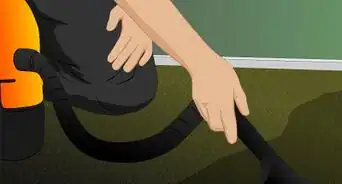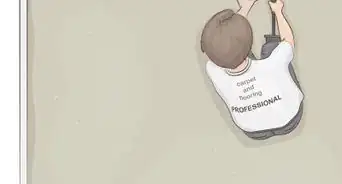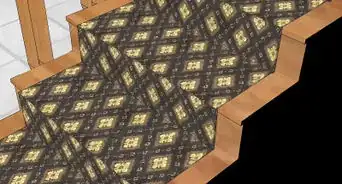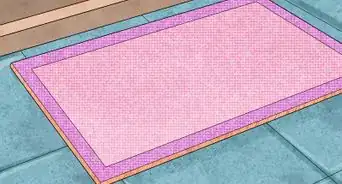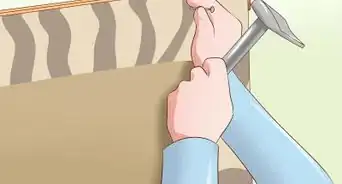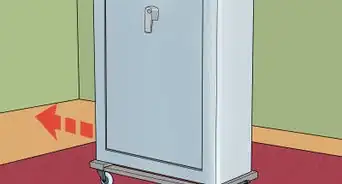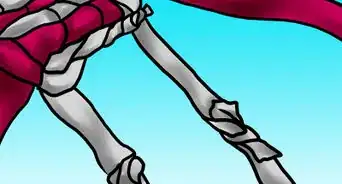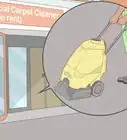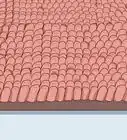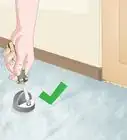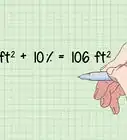This article was co-authored by Alberto DeJesus. Alberto DeJesus is a Construction Specialist and the CEO of DeJesus Industries. With more than four years of experience, he specializes in high-end real estate development and construction. Alberto and DeJesus Industries have been featured on NBC News and have worked with numerous well-known companies, including Mazda, Amazon, and CVS. Alberto holds a Bachelor’s degree from Boston University.
wikiHow marks an article as reader-approved once it receives enough positive feedback. This article received 18 testimonials and 100% of readers who voted found it helpful, earning it our reader-approved status.
This article has been viewed 542,966 times.
Removing old carpet is the first step toward having something besides old, stained carpet as your floor. Even if you are hiring someone to install new flooring, you may want to pull out the old carpet yourself. You can generally save yourself a bit of money, and you can ensure that the floor below is prepared (or preserved) to your standards.
Steps
-
1Decide the final goal of your remodeling.
- Do you want to save what's underneath the carpet? Some older houses have ugly, old carpet right over hardwood floors. Pull up a corner of the carpet and see what's underneath if you haven't yet.
- Will you put down new carpet, or hire someone to do so? If so, you may wish to leave the tack strips in place if they are in good condition. Ask the installers you will hire what they prefer.
- Will you lay tile, vinyl, wood, or another hard floor?
-
2Figure out how you will dispose of the old carpet before you pull it up. Carpet may cost money to dispose of, so shop around.[1]
- If you want the installers of the new floor to haul away the old carpet, make sure they know in advance and figure it into your price. Also, make sure that they know not to charge you for the time to tear out the carpet or move furniture.
- Call the dump where you usually take or send your trash and find out what they charge for disposal. Some may charge a different rate for carpet, so be sure to mention that it is carpet.
- Make sure you have some way to haul away the carpet you will discard. Hauling services are often available, as are rental trucks. Check out your phone book and see what you find.
Advertisement -
3Move the furniture out of the area where you will be removing carpet. You will need access to the entire floor. Remember that you have to put that furniture somewhere, so decide where you can put it. You may be able to move it to adjacent rooms where you are not yet carpeting; place it outside (cover it if there is any chance of moisture); or rent a storage area temporarily.[2]
-
4Vacuum the old carpet. This step is optional, but it will help to cut down on dust as you pull up the carpet.
-
5Wear a dust mask if the carpet is very old or got wet. Wear heavy work gloves, since you will be working around staples, tacks, and rough carpet edges.[3] Also, wear sturdy, thick-soled, close-toed shoes that will protect your feet if you step on a tack strip or staple.
- Make sure to also use gloves to protect your hands from the staples that are usually responsible for keeping the carpet attached to the tack boards.
-
6Pull up the edge of the carpet, near any wall. Use pliers to grip the fibers if you need to.[4]
-
7Use a utility knife or carpet knife to slice the carpet into manageable strips and roll the strips up as you go.[5]
- If you are trying to salvage the floor underneath, make sure you do not cut grooves in the floor with the knife. One way to do this is to lift the carpet away from the floor as you cut. Another way is to remove the carpet in larger pieces and cut it up somewhere else.
- Know what a manageable strip is. The roll you produce must be something you can lift and move, and it must fit in whatever vehicle will be used to transport the old carpet away.
-
8Remove the carpet padding underneath. In most cases, the carpet padding will also need to be replaced or removed. It should be replaced if it is old or stained or has gotten wet. Carpet padding is usually just stapled down. Pull it up, cut it into smaller strips if necessary for handling, and roll it as you did the carpet.[6]
-
9Carry the rolls of carpet and padding out of the rooms where you are working.
-
10Remove the tack strips, if desired. Wedge a flat bar (pry bar) underneath the tack strip (the strip with nails coming through to the top). Make sure you have gloves and eye protection, because it can pop up and puncture skin.[7]
-
11Pull up staples left from the padding. Pliers and a flat-bladed screwdriver will help get underneath.
-
12Clean the floor. Sweep or vacuum as necessary to remove debris left from the old carpet
-
13Prepare for the new flooring. This is a golden opportunity to repair squeaks and repair damage.
- Drive long wood screws into the sub-floor and through to floor joists anywhere the floor squeaks.
- Apply a stain-blocking primer to prevent old stains from coming up through new carpet.
- Level the subfloor and replace any water-damaged wood, as needed.
- Touch up paint on baseboards and around the bottom of door frames. Be sure to allow ample time for paint to dry before installing new carpet.
Community Q&A
-
QuestionHow do I take the carpet off my stairs, but leave it on the floor above the stairs?
 Community AnswerYou can cut a clean, straight line where you want the carpet to end, and simply install a transition strip at the floor/carpet junction.
Community AnswerYou can cut a clean, straight line where you want the carpet to end, and simply install a transition strip at the floor/carpet junction. -
QuestionIf I'm getting carpet installed, do I remove the tack strips?
 Community AnswerYou'll be charged for new ones, so only remove them if they need to be replaced. You can buy them directly from a hardware store or online to reduce the price, or if it is just a handful of extra bits you can normally negotiate to get them thrown in for free.
Community AnswerYou'll be charged for new ones, so only remove them if they need to be replaced. You can buy them directly from a hardware store or online to reduce the price, or if it is just a handful of extra bits you can normally negotiate to get them thrown in for free. -
QuestionIf I'm removing carpeting, should I remove the carpet tacks and strips when preparing a home for sale?
 Community AnswerYes, if only from a safety point of view. It will also seriously improve the presentation of your home. You wouldn't want anyone seeing the tacks, and you especially wouldn't want anyone to step on them.
Community AnswerYes, if only from a safety point of view. It will also seriously improve the presentation of your home. You wouldn't want anyone seeing the tacks, and you especially wouldn't want anyone to step on them.
Warnings
- Box knives, carpet knives, and linoleum knives are sharp.⧼thumbs_response⧽
- Tack strips are sharp and can puncture skin. Be careful!⧼thumbs_response⧽
- Removing carpet is a heavy, messy job.⧼thumbs_response⧽
Things You'll Need
- Gloves
- Box knife
- Eye protection
- Dust mask
- Work gloves
- Thick-soled shoes
- Flat screwdriver, pry bar, or 7-in-1 tool
References
- ↑ https://www.architecturaldigest.com/story/how-to-remove-carpet
- ↑ https://www.architecturaldigest.com/story/how-to-remove-carpet
- ↑ https://www.architecturaldigest.com/story/how-to-remove-carpet
- ↑ https://www.homerepairtutor.com/how-to-remove-old-carpet/
- ↑ https://www.familyhandyman.com/floor/carpet-repair/tips-for-removing-carpet/
- ↑ https://www.familyhandyman.com/floor/carpet-repair/tips-for-removing-carpet/
- ↑ https://www.dumpsters.com/blog/how-to-pull-up-carpet
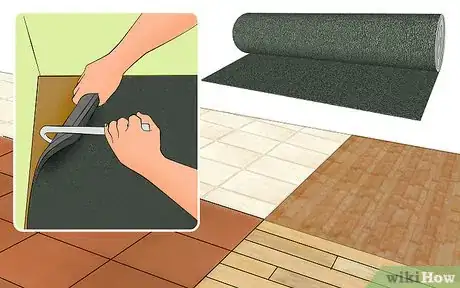
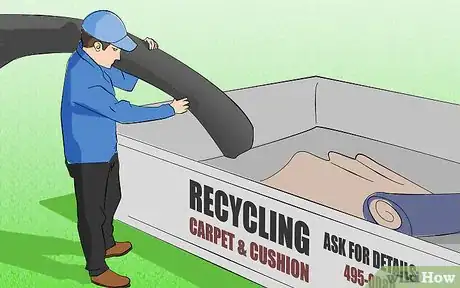
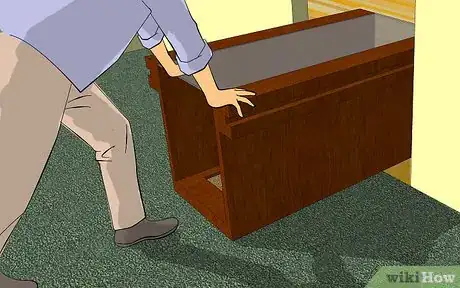
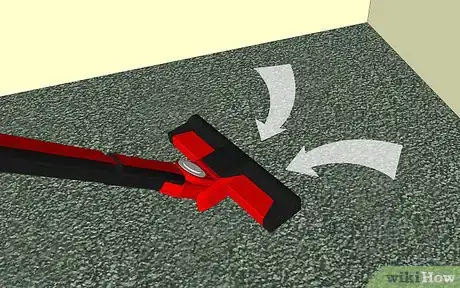
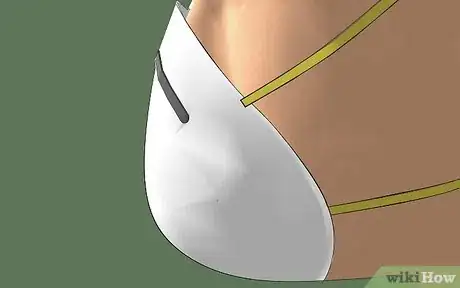
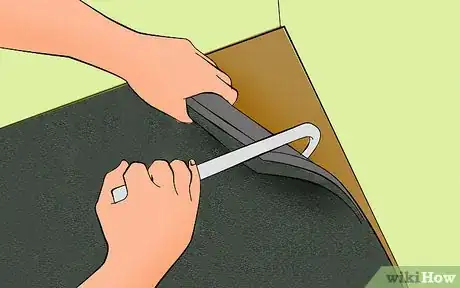
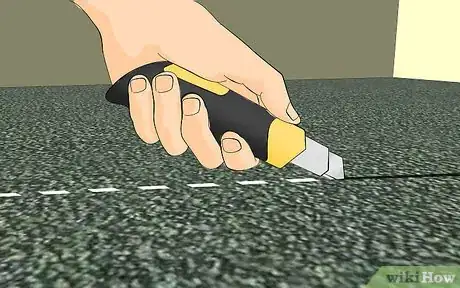
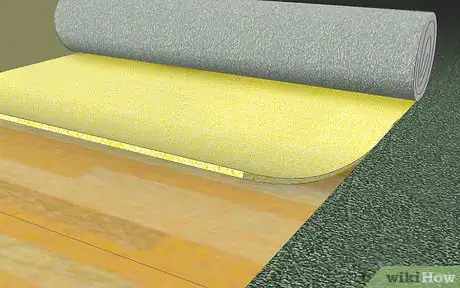
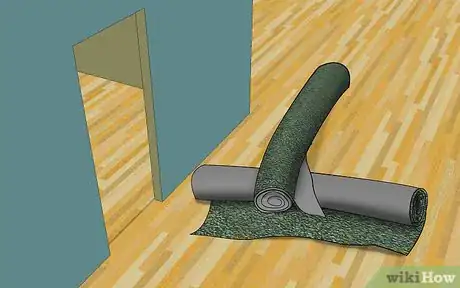
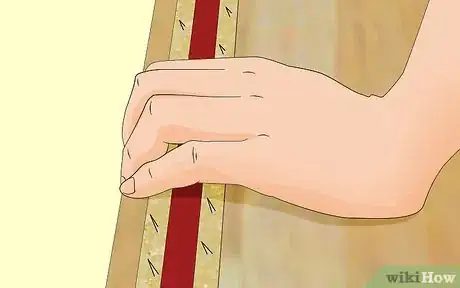
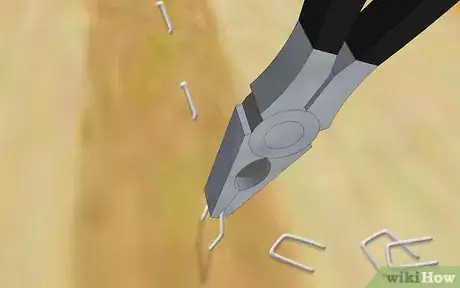
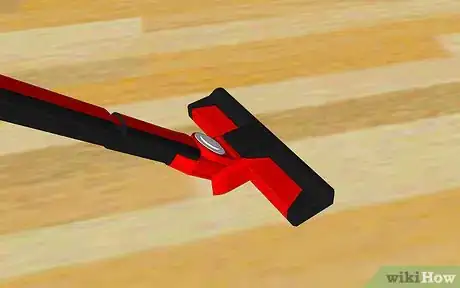
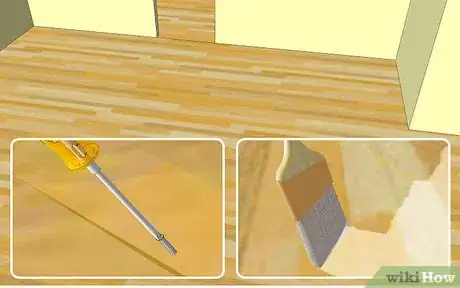
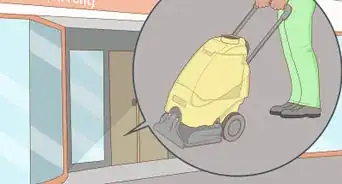
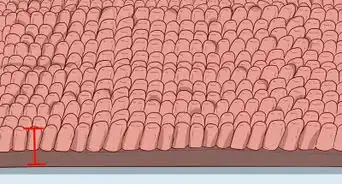
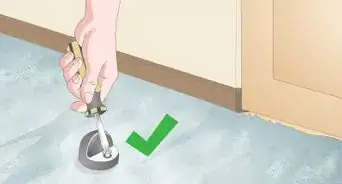
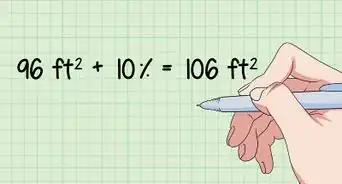
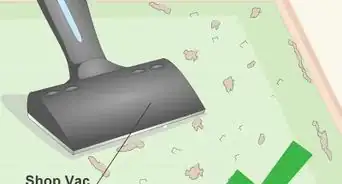
-Step-19.webp)
